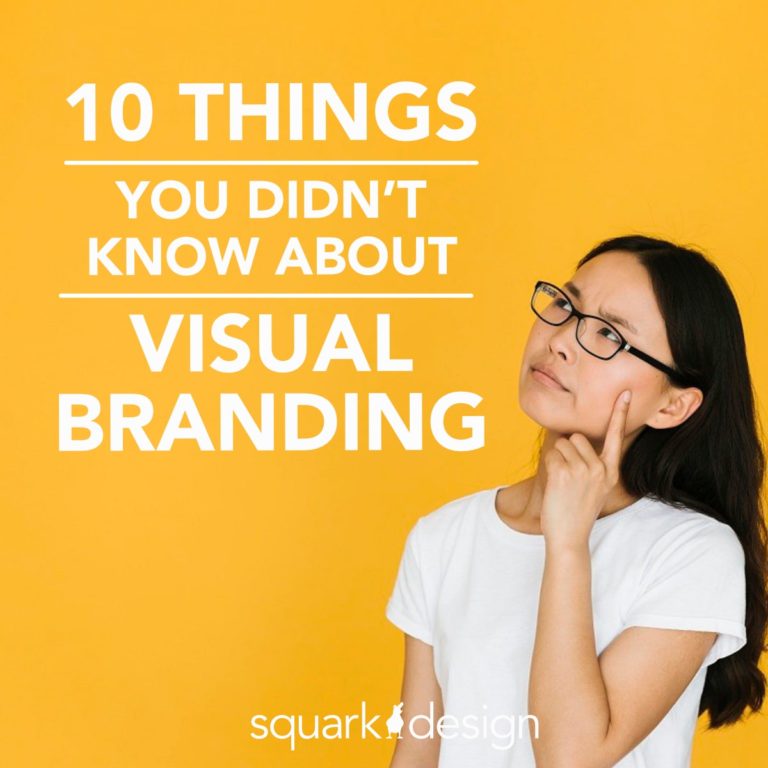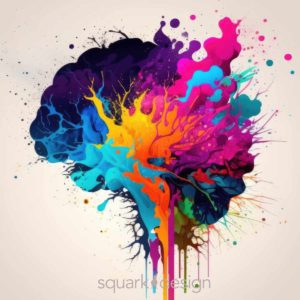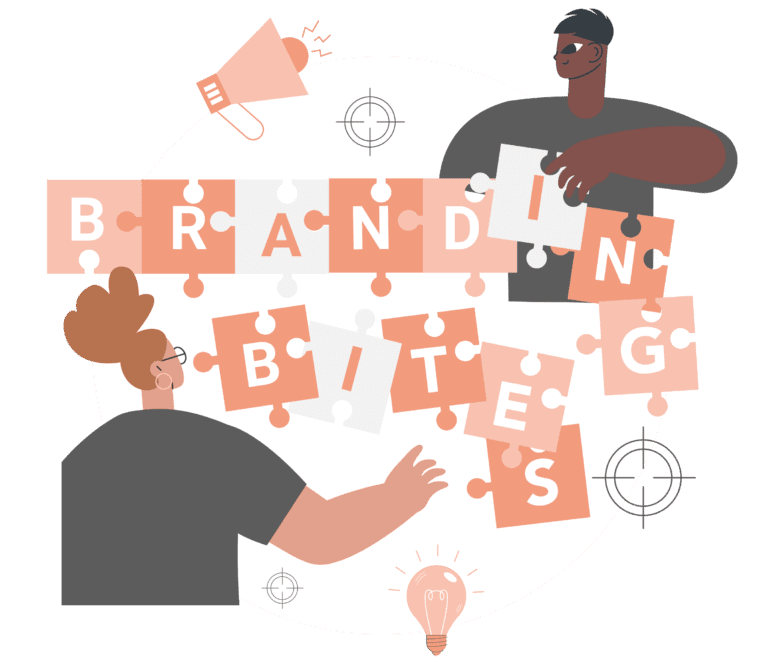Visual branding is an essential aspect of any business, and it plays a critical role in shaping customers’ perceptions and attitudes towards a brand. From logos and colours to typography and imagery, visual branding elements are the building blocks of a brand’s identity. However, there are many things about visual branding that most people don’t know. In this article, we’ll explore ten surprising facts about visual branding and how they can affect your brand’s success.
1. Colour can affect consumer behaviour
Colours have a powerful psychological impact on people, and they can influence consumer behaviour in many ways. For example, studies have shown that the colour red can increase heart rate and create a sense of urgency, which is why it is often used in clearance sales and promotions. Blue, on the other hand, is associated with trust, security, and stability, which is why it is commonly used by banks and financial institutions.
In fact, up to 90% of snap judgments about products can be based on colour alone.
By understanding the psychology of colour, businesses can use it to their advantage to create a more effective visual branding strategy.
2. Fonts can communicate emotions
While many businesses focus on choosing the right colours for their brand, typography is often overlooked. However, the font you choose can have just as big an impact on brand perception as the colours you use. The right font can help to communicate your brand’s personality and values, while the wrong font can make your brand look unprofessional and untrustworthy.
For example, serif fonts are associated with tradition, sophistication, and authority, while sans-serif fonts are seen as modern, clean, and approachable.
By selecting the right font for your brand, you can communicate the right emotions and personality traits to your target audience.
3. Visual consistency builds brand recognition
Consistency is crucial in visual branding, and it plays a significant role in building brand recognition. By using consistent visual elements across different social media channels, website and marketing campaigns, businesses can create a cohesive and memorable brand identity that resonates with their target audience.
In fact, studies have shown that consistent branding can increase revenue by up to 23%.
4. Images are processed faster than text
Our brains process images faster than text, which is why visual content is so effective in capturing and holding people’s attention. Studies have shown that visual content is 40 times more likely to be shared on social media than other types of content, which means your brand will be seen by more people.
By using high-quality images, graphics and video in your visual branding, you can create a more engaging and memorable brand experience for your customers.
5. Negative space is just as important as positive space
Negative space, or the space around visual elements, is just as important as positive space in visual branding. By using negative space effectively, businesses can create a more balanced and harmonious visual design that draws attention to the most important elements of the design.
For example, the FedEx logo uses negative space to create an arrow between the “E” and “x,” which communicates the brand’s speed and efficiency.
So don’t be in such a hurry to fill all the negative space.
6. The golden ratio is a design principle
The golden ratio, also known as the divine proportion, is a mathematical principle that has been used in art and design for centuries. It is a ratio of approximately 1:1.618, and it is found in many natural forms and patterns, such as the spiral of a seashell or the branching of a tree.
By using the golden ratio in visual design, businesses can create a more visually pleasing and harmonious design that appeals to the viewer’s subconscious.
7. Brand colours can affect website conversion rates
Colour can also affect website conversion rates, and studies have shown that certain colours can have a significant impact on user behaviour. For example, red and orange are associated with urgency and can create a sense of excitement and anticipation, while green and blue are associated with relaxation and can create a sense of trust and security.
By using the right colours on your website, you can increase engagement and conversion rates.
8. Visual branding affects brand loyalty
Visual branding plays a significant role in creating brand loyalty, and studies have shown that consistent branding can increase brand loyalty by up to 71%.
By investing in consistent visual branding, businesses can create a strong brand identity that customers can easily recognise and trust. This not only leads to increased customer retention, but it can also attract new customers who are drawn to the brand’s values and reputation.
Ultimately, visual branding is an essential aspect of any successful business strategy, and it should not be overlooked or underestimated.
9. Negative branding can have a lasting impact
Negative branding can have a significant impact on your business, even if it was unintentional. A poorly designed logo, website or marketing campaign could make your brand look unprofessional, untrustworthy and damage brand reputation. This can make it difficult to attract and retain customers.
A recent survey conducted in the UK found that 68% of consumers would stop buying from a brand if they had a negative experience with it.
There are a number of reasons why negative branding can be so detrimental to a business. For one, it can make it more difficult to attract and retain customers. This can be particularly damaging for small businesses, where word-of-mouth marketing is often crucial to success.
Negative branding can also lead to decreased sales and revenue, as customers may choose to take their business elsewhere. In some cases, negative branding can even result in legal issues, such as lawsuits or fines, which can further damage a business’s reputation and financial stability.
Overall, it’s clear that negative branding can have a significant and long-lasting impact on businesses, making it essential for companies to prioritize their brand image and take steps to mitigate any negative experiences or perceptions that customers may have.
10. A strong visual brand can help to attract top talent
Branding isn’t just important for attracting customers, it’s also essential for attracting top talent. Companies with a strong brand image are often seen as more desirable places to work, which can help to attract the best candidates for open positions.
In today’s competitive job market, attracting and retaining top talent is essential for the success of any business. A strong visual brand can play a crucial role in this process, by helping to create a positive perception of the company and making it more attractive to potential employees.
Having a strong visual brand can help to attract top talent by conveying a sense of professionalism and credibility. When a company has a well-designed brand it sends a message that the business is serious about what it does and that it takes pride in its work. This can be particularly appealing to high-calibre candidates who are looking for a reputable and established company to work for.
A strong visual brand can also help to differentiate a business from its competitors and make it stand out in the eyes of potential employees. This can be especially important in industries where there is a lot of competition for talent, as a strong brand can give a company an edge over its rivals.
Finally, a strong visual brand can also help to create a sense of pride and loyalty among existing employees. When employees feel that they are part of a company with a strong and recognisable brand, they are more likely to feel a sense of ownership and investment in the business, which can lead to greater productivity, engagement, and job satisfaction.
Overall, it’s clear that a strong visual brand can be a powerful tool for attracting top talent to a UK business. By conveying professionalism, differentiating the company from competitors, and creating a sense of pride and loyalty among employees, a strong visual brand can help to ensure that a business has the talent it needs to succeed in today’s competitive marketplace.
In conclusion
Visual branding is not just about creating a pretty logo or a sleek website design. It is a powerful tool that can help businesses build brand awareness, establish trust with customers, and ultimately increase sales. From the use of colour psychology to the impact of typography, every element of visual branding plays a crucial role in how customers perceive and engage with a brand.
By leveraging the power of visual branding, businesses can create a memorable and impactful brand identity that resonates with their target audience and sets them apart from the competition.










